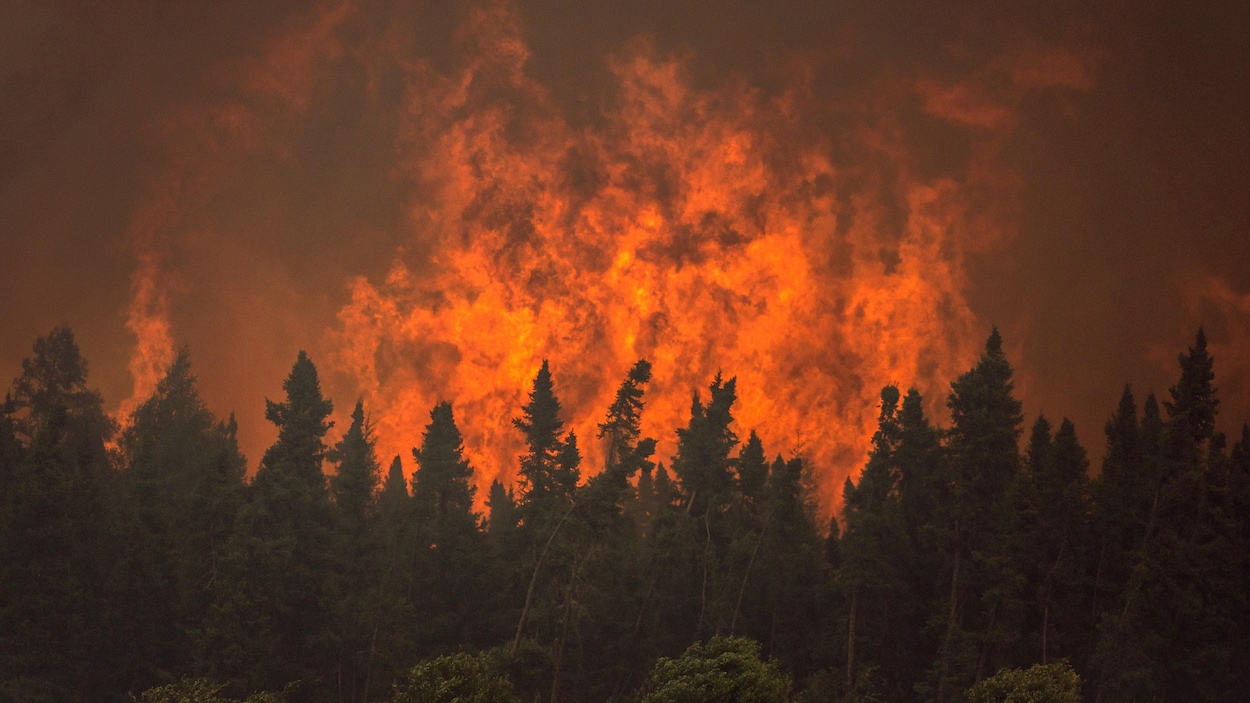
Wildfires in Saskatchewan Highlight the Harsh Reality of Climate Change
Right now, across Saskatchewan and neighboring provinces like Manitoba and Alberta, devastating wildfires are raging, marking one of the worst fire seasons in recent memory. One of these fires alone has engulfed a staggering 300,000 hectares—an area so vast it’s hard to fully grasp. Experts are pointing to this as a clear example of climate change in action.
Colin Laroque, a soil science expert and professor at the University of Saskatchewan, describes this situation as a classic case of climate change altering our environment. According to him, climatology traditionally studies weather patterns over 30-year periods. For many people under 30, these intense, early, and widespread wildfires are unprecedented—something no one in their generation has experienced before. This shift isn't just a fluke; it’s becoming our new normal.
Also Read:- Oscar Piastri Triumphs in Dramatic Spanish GP as Verstappen Penalized for Collision
- Geelong’s Stunning Finish Crushes West Coast Despite Early Eagle Fightback
Traditionally, wildfires would flare up during the hotter, drier months of June, July, and late summer. But lately, the patterns have changed. The region is experiencing less snowfall, and when snow melts, it evaporates rapidly due to sudden temperature spikes—sometimes jumping from freezing to 22 degrees Celsius within days. This creates immediate and severe dryness in the soil, fueling these massive fires. Laroque points out that even older generations would be surprised by how early and intensely these fires are occurring.
On a broader scale, Lori Daniels, a forestry professor at the University of British Columbia, emphasizes that this problem is not isolated to Saskatchewan or Canada. Globally, especially farther from the equator, we’re seeing temperatures rise much faster than the world average—sometimes triple the rate. This warming intensifies wildfires in northern regions and disrupts ecosystems.
Thousands of residents have already been evacuated—about 17,000 in Manitoba and over 4,000 in Saskatchewan—due to the threat posed by these fires. The provincial governments have declared states of emergency, and neighboring provinces, including Quebec, are sending firefighting teams, specialized personnel, and water-bombing aircraft to help contain the blaze.
While the situation is dire, experts remind us that many Canadian ecosystems are naturally adapted to withstand wildfires. The key to resilience is adequate rainfall, which can help dampen fires and support forest recovery. Unfortunately, with ongoing dry conditions, these fires may persist for a long time, keeping communities on high alert.
In short, what we are witnessing in Saskatchewan is a vivid and alarming manifestation of climate change reshaping our environment. It’s a wake-up call to the urgent need for action on climate resilience and better support for affected communities as these new realities take hold.
Read More:



0 Comments